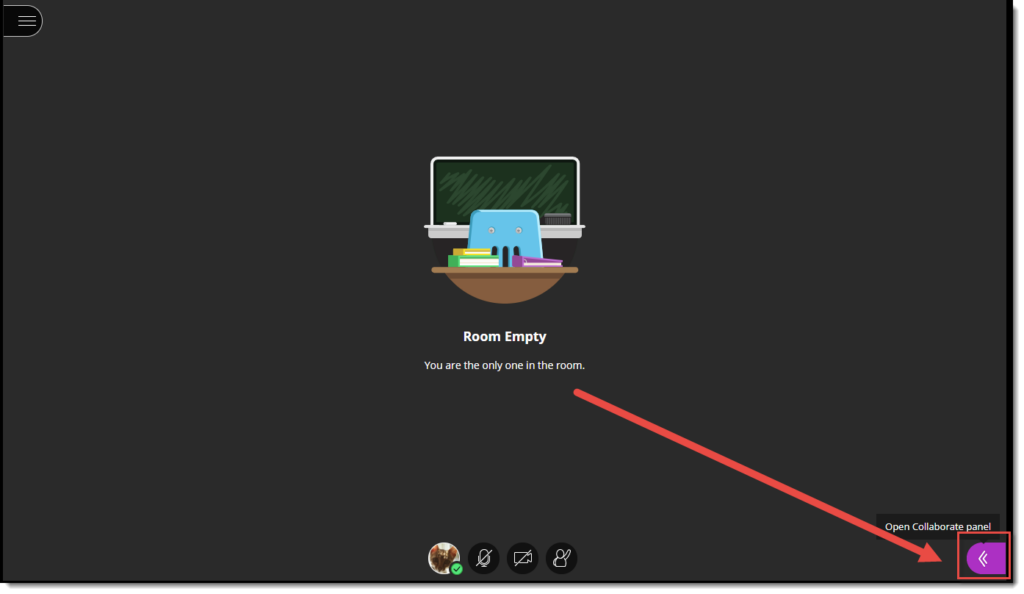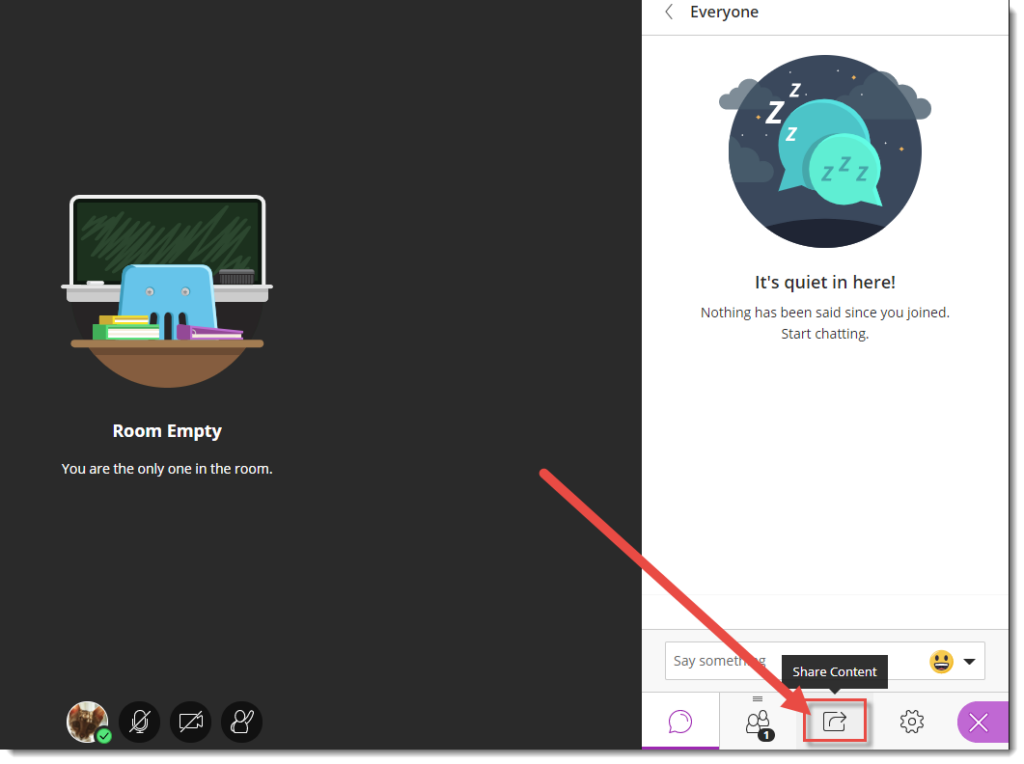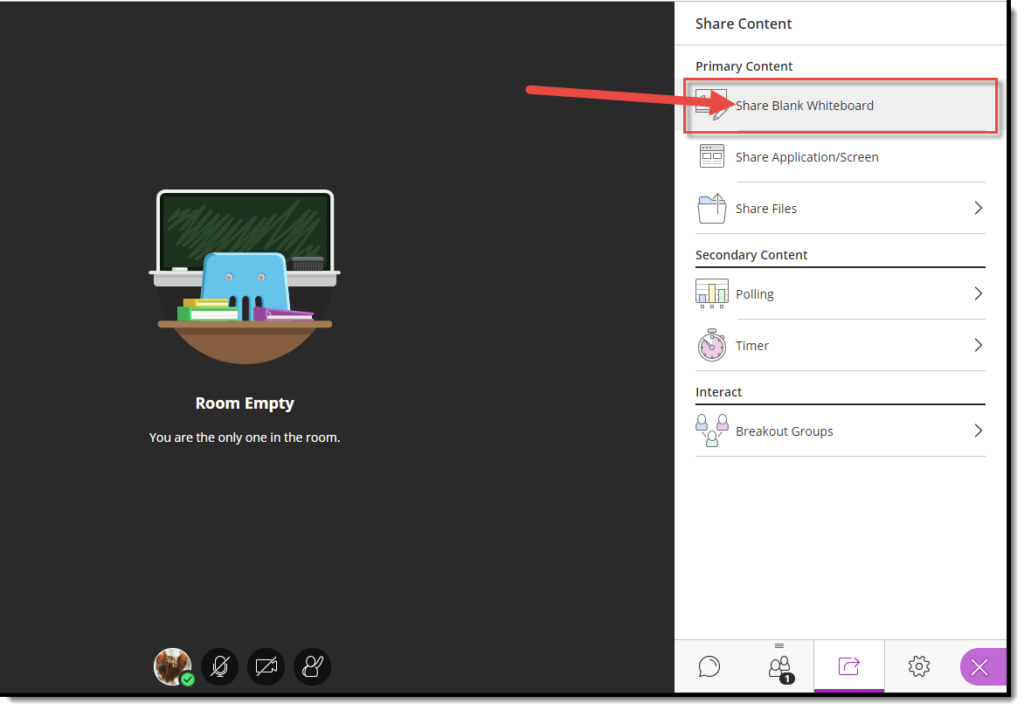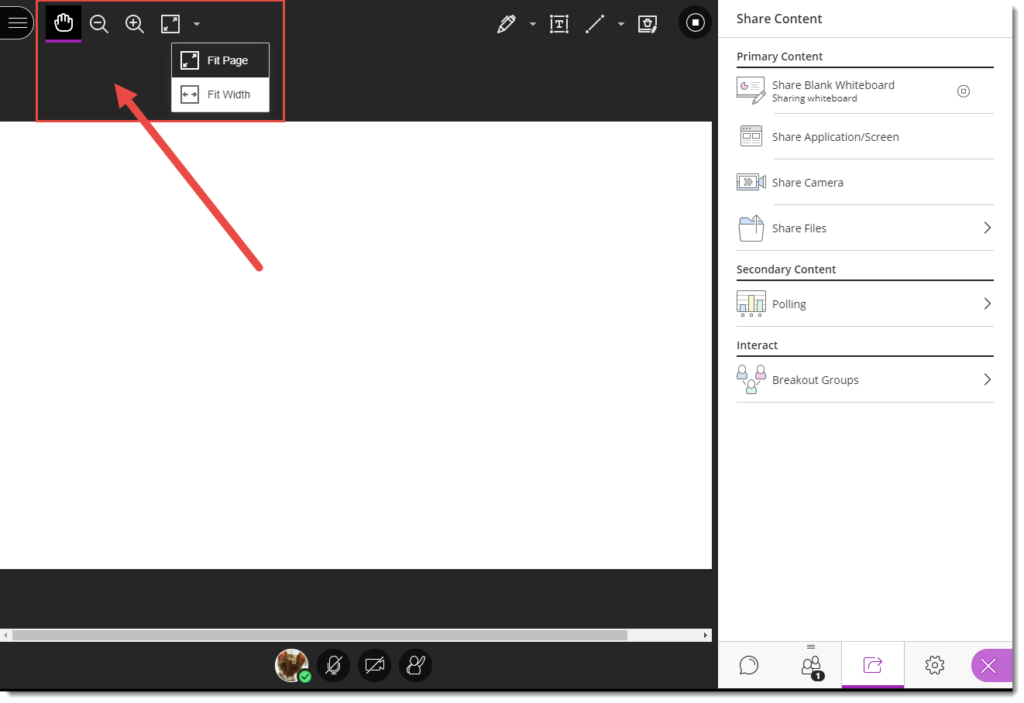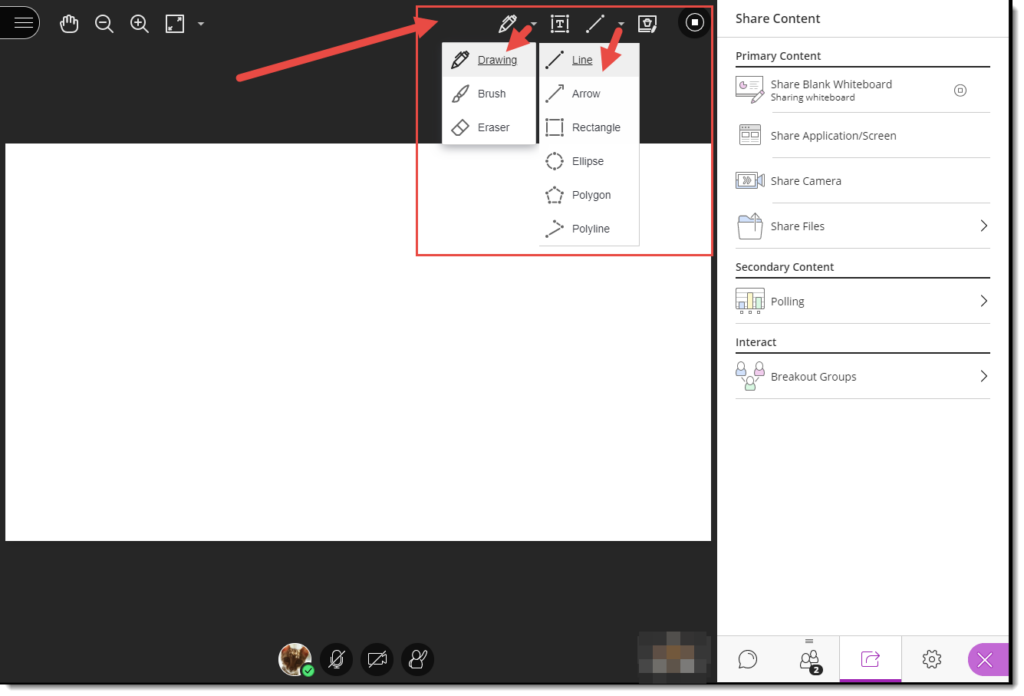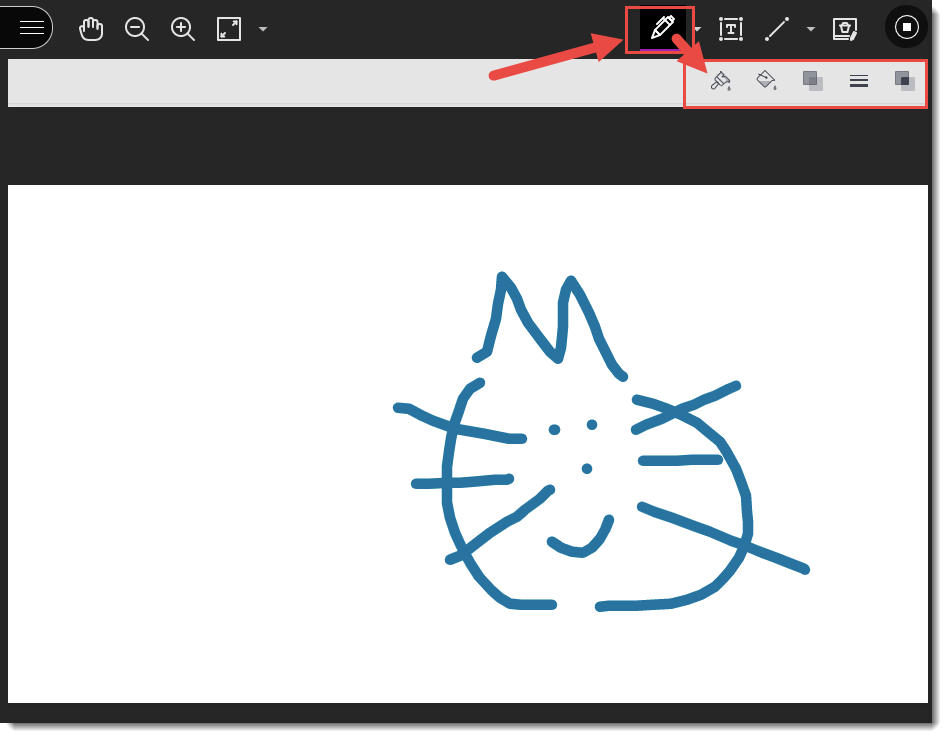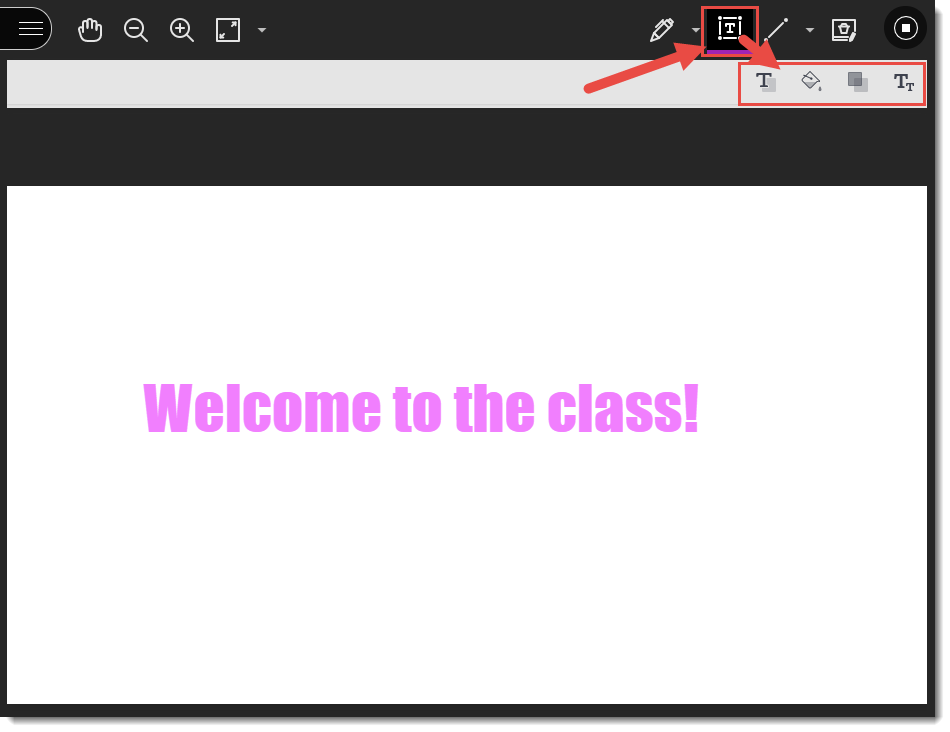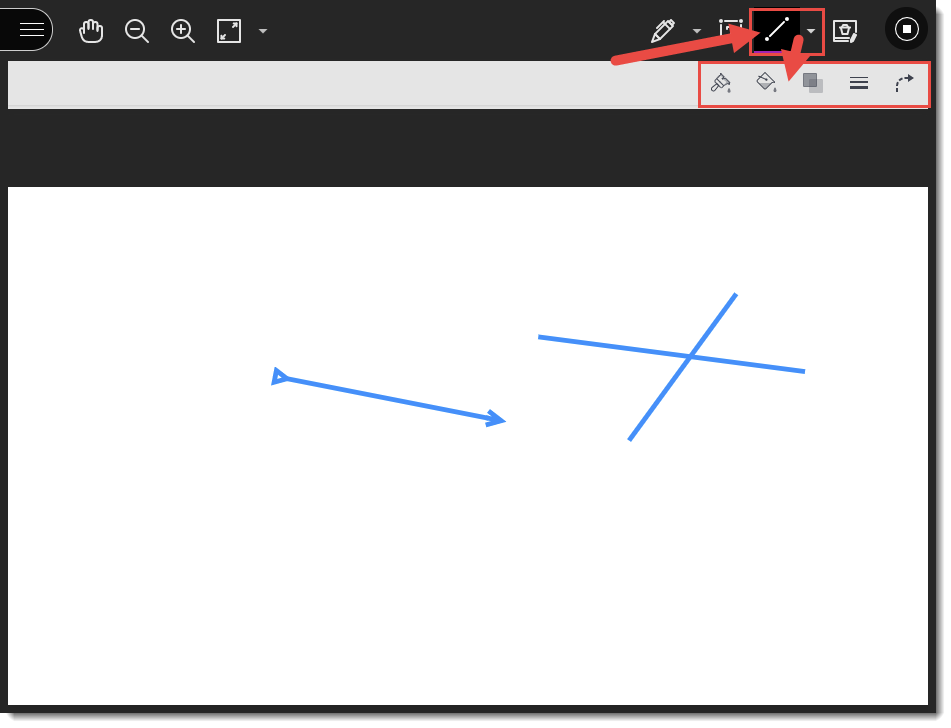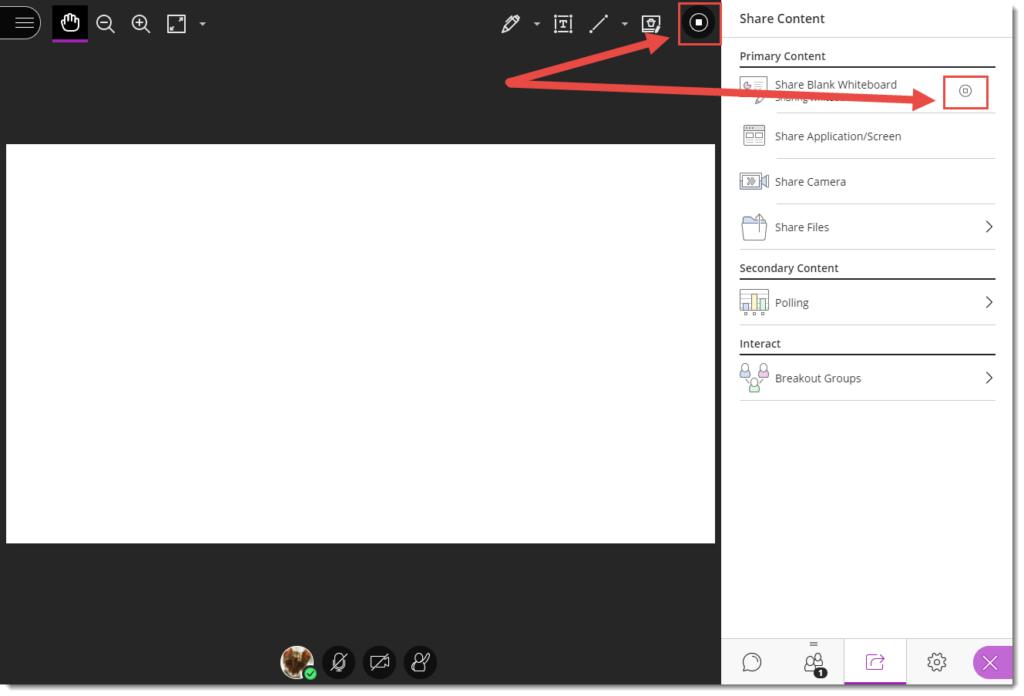Alexis is a faculty member in the English Department at Camosun, teaching academic writing to students coming from a wide range of disciplines. Alexis, like many others in March 2020, was “overwhelmed and unsure if we were just managing through a brief crisis, or if we would be teaching online for some time. It soon became apparent it would be for longer, but as an educator, and someone who’s really keen on pedagogy, part of me was really excited.”
Alexis told me that a large part of her classes involve discussion, so she was nervous about how that aspect of her courses would work online. However, she did see the possibility the online tools offered: “when I got on to Collaborate and saw the breakout groups, I was heartened because I thought they would enable me to place students into small groups to do the work they would have done face-to-face. In the end, I think that was one of the more successful aspects of my teaching this term.” As the term went on, Alexis felt her use of the online tools improved as she got feedback from students. “It was really important for me to hear student suggestions about what was or wasn’t working, or to receive suggestions for me to try. I also ask for feedback at the end of each term, and this year, most of the students commented that they liked the synchronous online experience, that they enjoyed being able to connect with their colleagues.”
As you may have guessed, Alexis, like Maureen, opted for a more synchronous model to support her course discussions, rather than the Discussions tool in D2L at all. “Learning too many tools at once would make you and your students go crazy, so I decided to be intentional in choosing those tools that would best support my course and my students and learn those tools the best I could.” However, she notes: “I’ve heard many stories from colleagues in English about the rich responses they’re getting from these online discussions. It seems to have revolutionized their teaching, and while I didn’t use them this last year, I would like to investigate them and, perhaps, try them out in the future.”
Working out how to run group discussions online was one challenge for Alexis. Another challenge she faced, which is not only a challenge for online teaching, was flipping her class, trying “to figure out how to separate groups into those that had completed the flipped element, the online reading for example, and those who hadn’t in a way that didn’t shame students for not completing the work in advance.” In addition, she found that “the online pivot allowed me to dig into how I was handling the diagnostic elements I do in week one, like getting a sample of a student’s writing. There was no good way to do that in the online environment, but I let it go and redesigned the diagnostic so students completed it on their own time. Moving forward I can expand the diagnostic and include richer questions, in addition to adding a self-assessment component.”
And finally, one other challenge Alexis noted is one we all recognize. “Everything took more time. The time it took to learn the technology, to make new resources, to think through all the elements of my course, and to be intentional in creating a course that would make sense to me.” And, of course, missing seeing students “grimacing, or raising their eyebrows, or opening their mouth in surprise – you can’t replicate that in this forum, and I really miss those moments.”
When I asked her about what rewards or memorable moments stuck with her, Alexis told me a wonderful story. She had “brought in a piece from CBC with three panellists discussing removing John A. McDonald’s name from schools. Students had to read some articles in advance, and come to class prepared to free-write. Students then worked in groups and came back to report on the most salient points of the group discussions. But what happened next, I don’t think would have occurred in an in-person class. A student who seemed rather shy shared a story with everyone, explaining how our exploration of indigenous rights and attention to discriminatory practices made her think about experiences from her own cultural background. What came to mind for me was some research that suggests students learn more from their peers than they do from their teachers. I feel like the learning that happened in that moment was so profound, and even if I could have told that story, it wouldn’t have had the emotional impact it had coming from that student at that time. That was one of the most memorable experiences for me last year.”
For faculty moving their courses online, Alexis advises “challenge yourself and challenge your students. Keep exploring, because online tools have a lot to offer, so make the space to keep learning without overwhelming yourself. Look at your course and outcomes, as well as what you know works for students and what you value, and consider how you would replicate that online and focus on those things. In addition, be intentional with what you want to do but be open to advice from others.”
As I mentioned earlier, moving forward, Alexis is interested in exploring asynchronous discussions in D2L. This would enable students “to have a record of their discussions that they could draw on for future assignments. My colleague Kelly said she found it wonderful that students were quoting each other in final exam questions. In Discussions, students could be having academic conversations, drawing on each other’s insights and thoughts in an ongoing fashion. That’s what we want for students as producers of academic work, and the discussion forums can give them more space to really tackle questions and engage with their colleagues in a way that they can’t, perhaps, in live sessions.”
“While last year, I think students were hungry for the immediate contact with me and their peers that the synchronous model provided, in the future, I would like to explore blended options, because you’d potentially have the best of both worlds, face-to-face and online, depending on how the course is built.” I look forward to talking to Alexis more about this soon!

